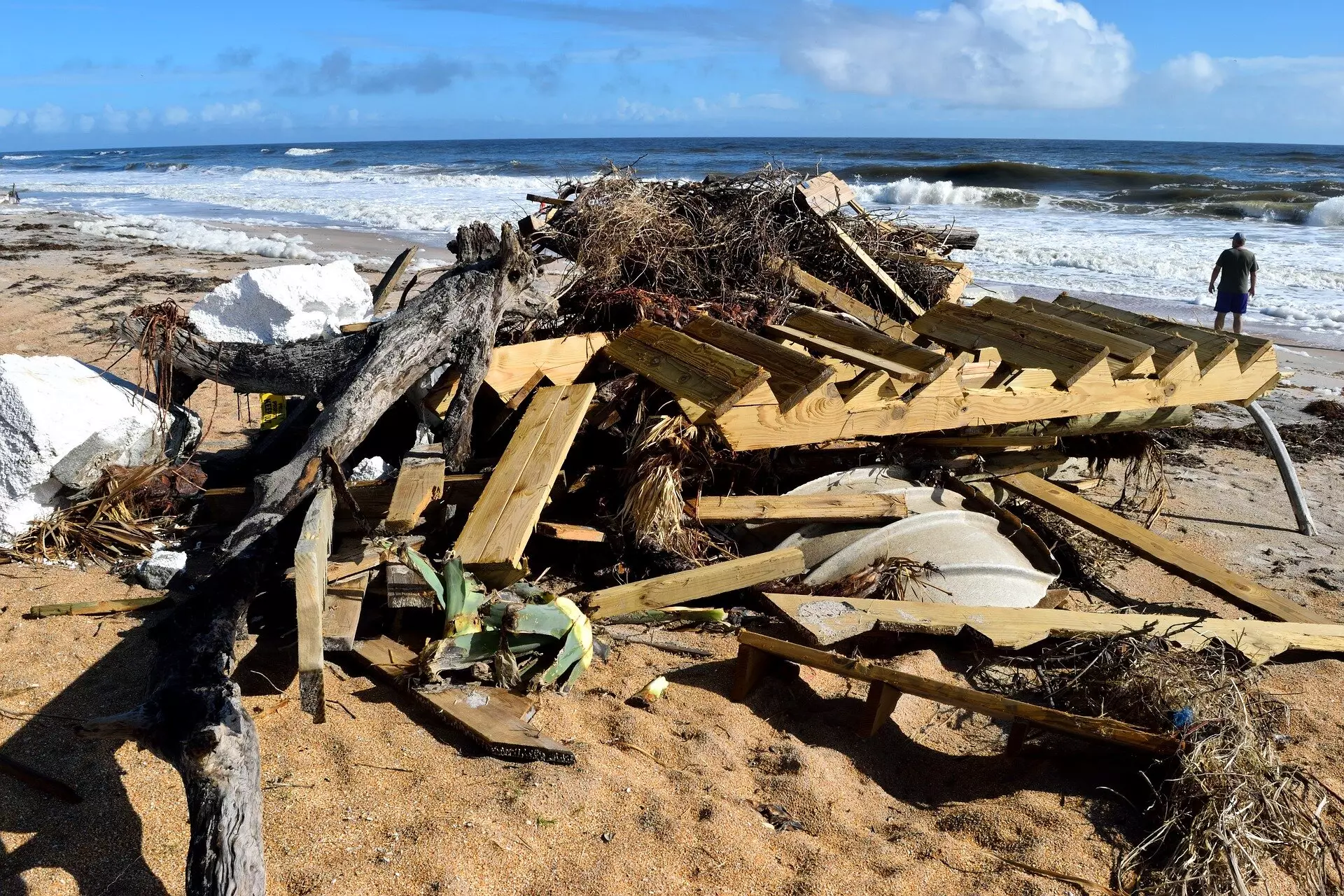Hurricanes represent one of nature’s most formidable forces, wreaking havoc on communities and economies alike. From 1980 to 2023, the financial toll of weather and climate disasters in the United States reached an astonishing $2.6 trillion, underscoring the urgent need for improved understanding and forecasting of these extreme events. A staggering statistic highlights this crisis: in 2022 alone, the nation recorded 18 separate disasters, each incurring damages exceeding $1 billion. Beyond monetary loss, hurricanes have also claimed nearly 2,000 lives in the U.S. between 2000 and 2021. The increasing severity of these storms, driven by climate change, raises alarm bells; the stakes for accurate forecasting have never been higher. Enhanced predictive capabilities could not only save lives but also mitigate financial losses.
With the evolution of technology and environmental science, researchers have begun exploring innovative methodologies that promise to refine hurricane predictions. Mostafa Momen, a prominent researcher at the University of Houston, emphasizes the potential of improved models in developing more effective evacuation strategies and informing emergency services. The innovative approach adopted by Momen and his graduate student Md Murad Hossain Khondaker focuses on a crucial yet often overlooked element: atmospheric friction. This friction acts as a counterforce against the energy supplied by the sun to tropical storms, and its implications on storm intensification and predictive accuracy require deeper exploration.
The team’s investigation took a significant leap forward thanks to access to Bridges-2, a state-of-the-art supercomputer at the Pittsburgh Supercomputing Center. The sheer scale of computing power—300,000 CPU-core hours—enabled them to conduct extensive simulations critical for their research. Traditional forecasting models often overlook the nuanced dynamics of friction affecting storm strength and predictability. Khondaker’s focus on adjusting friction parameters seeks to illuminate how these alterations can refine numerical weather predictions.
By manipulating assumed friction levels, the researchers aimed to bridge the knowledge gap on the interplay between atmospheric resistance and storm intensity. The implications of their findings extend beyond theoretical discourse; they hold practical potential for emergency preparedness and response.
Through meticulous simulation, the team mimicked 17 days of Hurricane Irma with a fine resolution of eight kilometers. The results were telling: the more refined friction estimates yielded significantly improved forecasts for hurricane intensity and, consequently, rainfall predictions. Notably, the accuracy of intensity forecasts improved by as much as 40 percent compared to standard weather models. This research also highlighted an unconventional insight: stronger hurricanes do not always equate to increased total rainfall. Instead, they may result in more localized, intense downpours, a finding with profound implications for urban settings prone to flooding.
Hurricane Harvey serves as a poignant example of how localized rainfall can lead to disastrous outcomes, particularly in metropolitan areas. In the quest for better forecasting models, recognizing the patterns of rainfall distribution becomes essential, especially as urbanization continues to expand.
As climate change steers the trajectory of weather patterns, the quest for better hurricane forecasting must remain a priority for researchers, policymakers, and communities at risk. The collaboration between academic institutions and supercomputing centers marks a promising trend in overcoming existing limitations in storm prediction accuracy. With rising global temperatures, the future may bring even more unpredictable weather.
The findings from Khondaker and Momen’s research are a crucial step towards understanding the complex dynamics of hurricanes and their potential consequences. These insights can inform better resource allocation, emergency planning, and ultimately, save lives and financial resources. As we advance our knowledge and tools, the integration of innovative research into practical applications will be key for enhancing resilience against the ever-growing threat posed by hurricanes and other extreme weather phenomena.


Leave a Reply